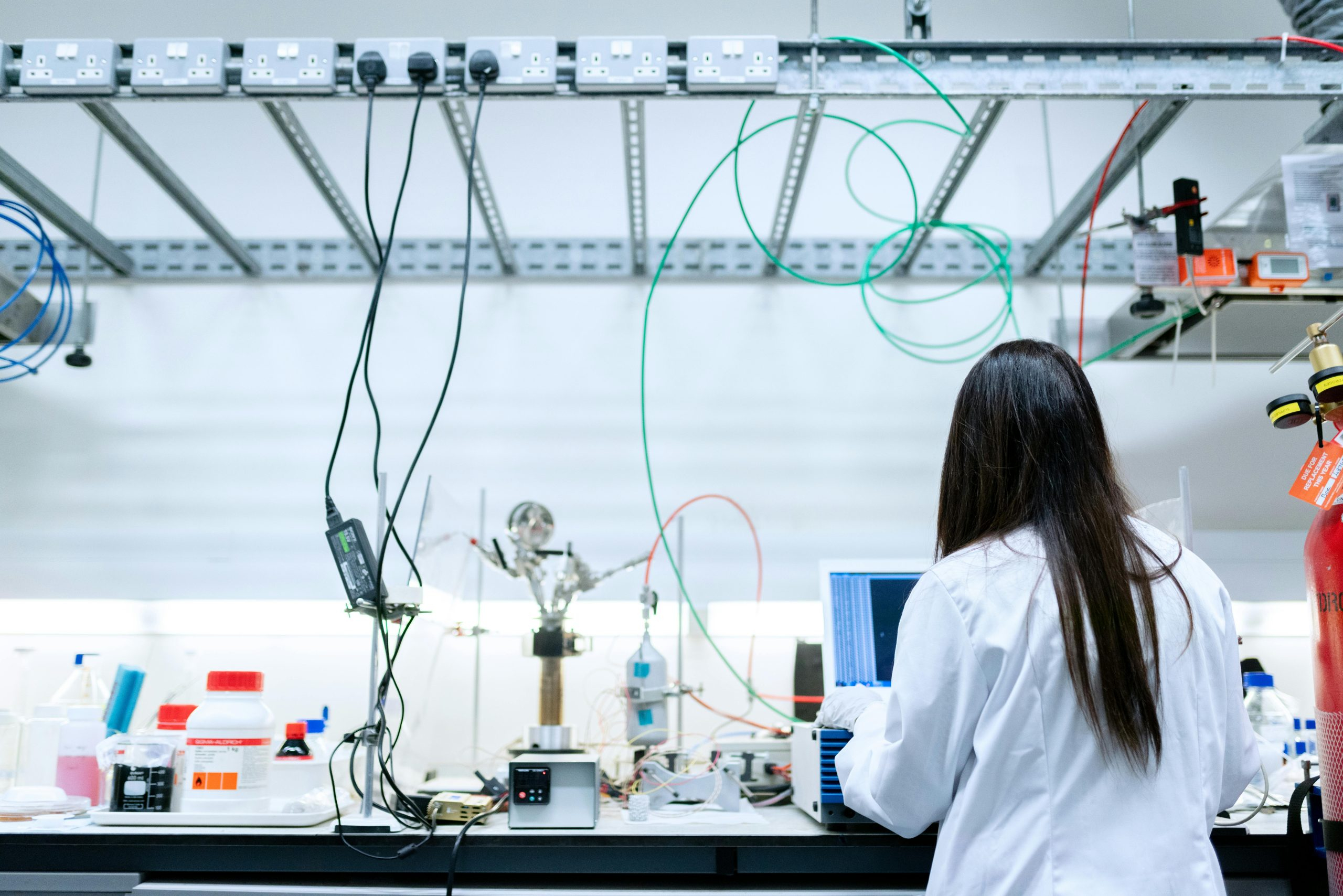The Science Behind High-Performance Braking Systems Explained Simply
When it comes to high-performance cars, one of the most important aspects is their braking system. These powerful vehicles are designed to reach impressive speeds, and to ensure the safety of the driver and those around them, they need to be equipped with equally impressive braking systems. But have you ever wondered about the science behind these high-performance braking systems? In this article, we’ll delve deep into the mechanics and technology that make these braking systems so powerful and effective.
The Basics of Braking Systems
Before we dive into the science behind high-performance braking systems, let’s first understand the basics of how brakes work. The main components of a car’s braking system are the brake pedal, brake calipers, brake discs (also known as rotors), and brake pads. When the driver presses down on the brake pedal, it activates a hydraulic system that forces the brake calipers to clamp down on the brake discs. This creates friction, which slows down and eventually stops the wheels from spinning.
Friction is Key
The core principle that makes braking systems work is friction. When the brake pads and the brake discs come into contact, they generate friction which helps to slow down the vehicle. As the brake pads make contact with the discs, the kinetic energy of the car is converted into heat energy, which is then dissipated into the atmosphere.
But why do high-performance braking systems have better friction than traditional ones? The answer lies in the materials used in their construction.
The Science Behind High-Performance Brake Pads
One of the key components of a high-performance braking system is the brake pads. These small but mighty pieces of materials are responsible for creating the necessary friction to stop a car at high speeds. High-performance brake pads are often made from organic, ceramic, or semi-metallic materials. These materials have a high coefficient of friction, meaning they are able to generate more friction with less force applied. This allows for the car to be brought to a stop much faster.
Ceramic vs. Semi-Metallic Brake Pads
In the world of high-performance braking systems, two types of brake pads reign supreme – ceramic and semi-metallic. Ceramic brake pads are made from a blend of ceramic fibers and non-ferrous fillers. They are known for their smooth and quiet braking and are less prone to dust buildup. Semi-metallic brake pads, on the other hand, are made from a blend of metal fibers and non-ferrous fillers. These pads have a higher coefficient of friction and can withstand higher temperatures, making them ideal for high-performance cars.
The Role of Brake Discs in High-Performance Braking Systems
Along with brake pads, brake discs are also crucial in high-performance braking systems. Also known as rotors, brake discs are the round, metal discs that the brake pads make contact with. They are designed to withstand high temperatures and provide a smooth and stable surface for the brake pads to grip onto.
In traditional braking systems, the brake discs are usually made from cast iron. However, for high-performance cars, manufacturers opt for more durable and heat-resistant materials, such as carbon ceramic or carbon fiber. These materials allow for better heat dissipation and are less prone to warping or cracking under extreme conditions.
The Importance of Brake Fluid and Calipers
While brake pads and discs get most of the attention, the brake fluid and calipers also play a crucial role in high-performance braking systems. The brake fluid is responsible for transmitting the force from the brake pedal to the calipers, which in turn helps to push the brake pads onto the brake discs. This process is known as hydraulic braking, and the strength and quality of the brake fluid can greatly impact the overall performance of the braking system.
The brake calipers, on the other hand, are responsible for housing the brake pads and squeezing them onto the brake discs. Calipers in high-performance braking systems are often made from lightweight, high-strength materials, such as aluminum alloy or titanium, to reduce weight and improve braking efficiency.
The Future of High-Performance Braking Systems
As technology continues to advance, we can expect to see further improvements in high-performance braking systems. With the rise of electric and hybrid cars, brake-by-wire technology is becoming increasingly popular. This technology uses electronics to control the braking system, eliminating the need for heavy hydraulic components. This not only reduces the weight of the car but also results in more precise and efficient braking.
In addition, advancements are also being made in the materials used for brake pads and discs. Researchers are exploring new materials, such as graphene, to create even stronger and more efficient braking systems.
In Conclusion
The science behind high-performance braking systems is a complex and constantly evolving field. By understanding the basics of how brakes work and the materials used in their construction, we can better appreciate the engineering and technology that goes into making these braking systems so powerful and effective. As innovations continue to push the boundaries of what is possible, we can only imagine what the future holds for the science behind high-performance braking systems.










